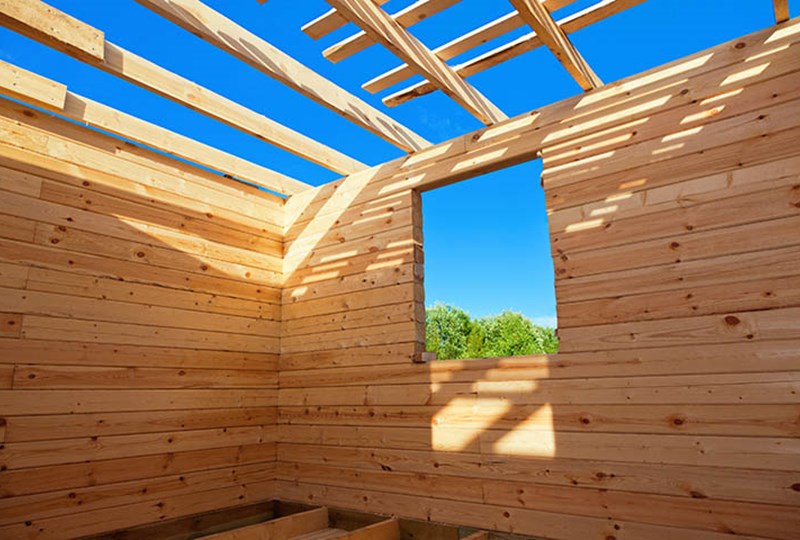
After years of stagnation, the buzz around new construction in Minnesota and western Wisconsin is back. Builders are busy, and buyers are heading to developments to check out model homes. If you’re thinking about building, consider these pros and cons.
Availability
Like most of the country, Minnesota and western Wisconsin are suffering from a low inventory of homes for sale. Luckily, the new construction boom is helping to ease buyer burdens. Existing home inventory in the Twin Cities was down 3.5 percent in May, while new construction inventory grew 10.2 percent during the same time1.
Cost
It shouldn’t be a surprise to hear that new construction has higher upfront costs than an existing home. For example, the median price of new homes in the Twin Cities in May was $356,880 while existing homes in the metro were going for $190,000. However, it’s important to remember that new construction homes are often larger than the average existing home for sale2.
For an even playing field, let’s compare price per square foot. Existing homes for sale in the Twin Cities in May were priced at $114/square foot, while lots are $155/square foot3. What does this mean? New homes are more expensive per square foot, but the pricing differential between new and existing homes in the Twin Cities is largely because the new homes have more square footage.
Lastly, there are other financial factors to consider. New homes are of course move-in ready, and should not require updates for years, although you may need to make additional investments in finishes or outdoor landscaping. Older homes may be less energy efficient, and costs to use or replace old appliances and infrastructure can add up.
Timing
When you buy an existing home, you can move in as little as one month from the purchase date. However, buyers in our market are finding that low inventory is slowing their ability to purchase. While new construction takes between four and six months to complete, knowing you’re in greater control of the process may be worth the wait.
Location
It can be difficult to find a lot in the city or first-ring suburbs like Bloomington or St. Louis Park. It’s easier to build in communities on the outskirts of the city. New construction owners may have longer commutes, but the lots farther away from the city may also be larger than existing home lots.

1. Source: Minneapolis Area Association of Realtors. Stats for 13-county metro area. May 2014 compared over June 2013.
2. Source: Minneapolis Area Association of Realtors. Stats for 13-county metro area. May 2014.
3. Source: Minneapolis Area Association of Realtors. Stats for 13-county metro area. May 2014.









 ©2025 Prosperity Home Mortgage LLC®. (877) 275-1762. 3060 Williams Drive, Suite 600, Fairfax, VA 22031. All first mortgage products are provided by Prosperity Home Mortgage, LLC®. Not all mortgage products may be available in all areas. Not all borrowers will qualify. NMLS ID #75164 (For licensing information go to: NMLS Consumer Access at
©2025 Prosperity Home Mortgage LLC®. (877) 275-1762. 3060 Williams Drive, Suite 600, Fairfax, VA 22031. All first mortgage products are provided by Prosperity Home Mortgage, LLC®. Not all mortgage products may be available in all areas. Not all borrowers will qualify. NMLS ID #75164 (For licensing information go to: NMLS Consumer Access at